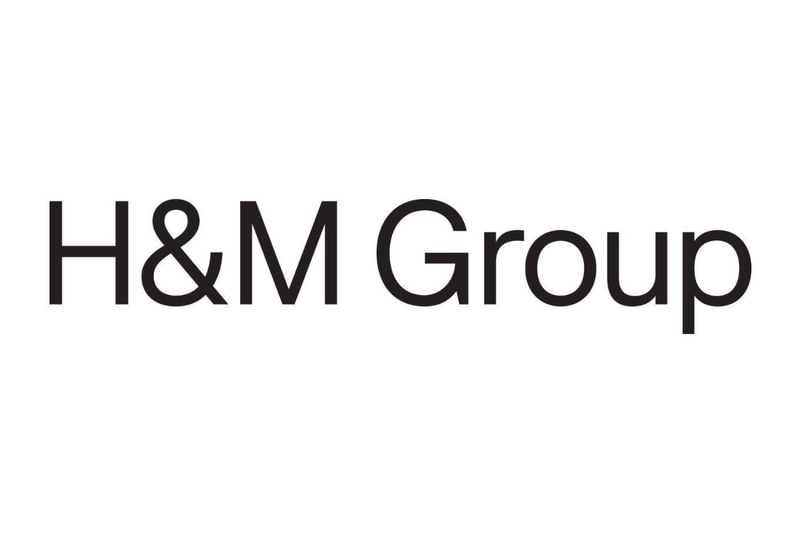
Case Study - International Post Corporation
Why did you decide to set a science based target?
In 2013, the 24 postal organisations in IPC’s EMMS group had almost reached their 2020 target of a 20% reduction in absolute emissions. We were therefore looking for ways to make more progress and broaden the coverage to include Scope 3 emissions generated by sub-contracted and outsourced transport. The aim was to focus on delivery efficiency, rather than the reduction of total volumes of greenhouse gas emissions. IPC decided to commit to the Science-Based Targets initiative in order to ensure that we developed a target that was in line with the reductions required to meet the Intergovernmental Panel on Climate Change’s (IPCC) recommended goal of limiting global warming to 2 ̊C. Our overall aim is to minimise the postal sector’s carbon footprint by encouraging participants to improve their carbon management and achieve sustainable greenhouse gas emissions reductions.
How do these targets fit with other low carbon or environmental sustainability initiatives you have?
In 2008, we set a target for the group to reduce combined greenhouse gas emissions (Scope 1 and 2) from our own operations by 20% by 2020, a target which we published at the 15th Conference of Parties to the United Nations Framework Convention on Climate Change (COP15) in Copenhagen in 2009. By 2014, we had already met this 20% absolute emissions reduction target, six years ahead of schedule. Group emissions decreased from 8,879,000 tonnes in 2008 to 7,050,000 tonnes in 2014 – a reduction of 20.6%. Our new delivery efficiency target ensures that we continue to commit to minimising the postal sector’s footprint by placing a greater emphasis on efficiency and broadening the coverage of the programme’s target to include Scope 3 emissions. It also allows us to reinforce a principal EMMS programme aim to encourage best practice sharing of greenhouse gas and environmental management strategies, performance and achievements.
Can you describe the target-setting process?
IPC is a CEO-driven organization: the IPC Board consists of 11 CEOs representing the 24 IPC member companies, who meet twice a year to exchange best practices and discuss strategy. In the autumn of 2013, the IPC Board asked the IPC EMMS programme to develop an emissions reduction target including Scope 3 emissions. Following careful and considered participant consultation including multiple webinar discussions and surveys during 2014, it was determined that the most appropriate intensity indicator related to emissions per item of letter mail and per parcel.
In order to ensure that the new target aligned with the science, IPC then undertook a study in collaboration with Ecofys to calculate a science-based target using current and projected group operational data, which was collected and analysed in the first eight months of 2014. IPC recommended an intensity reduction target of 20%, which was endorsed by the IPC Board in November 2014. After submitting our figures for an official quality check, the 20% delivery efficiency target was successfully approved as a sectoral benchmark by the Science Based Target (SBT) Steering Committee in January 2016. The process from the decision at the end of 2014 to develop an intensity target to its approval by the SBT Steering Committee in January 2016 took approximately 15 months.
The IPC Sustainability department developed the 20% intensity reduction target in collaboration with all participating members of IPC’s EMMS programme, as well as Ecofys. The target was endorsed by the IPC Board.
What sort of support did you get from any of the SBT partners, consultants or other?
IPC has been working closely with Verisk Maplecroft, an independent global risk analytics and advisory firm, since 2008 to develop and deliver the annual Sustainability Reports and broader EMMS programme. Verisk Maplecroft undertakes thorough inspections of participant data via multiple rounds of plausibility checks and reviews of supplementary evidence in order to ensure consistently high levels of accuracy, and was involved in the collection and analysis of participants’ data in the development of the new delivery efficiency target. Furthermore, we ensure our data is accurate and credible through a third-party review from our external accountant, PricewaterhouseCoopers (PwC). For the science-based target setting project we received support from Ecofys, with whom we worked in close collaboration to ensure that we developed a target that aligned with the IPCC’s recommended 2°C decarbonisation scenario.
What are the main strategies you plan to use to meet your targets?
We encourage best practice sharing as a core part of our EMMS programme, and intend to encourage and facilitate our participants to achieve our new efficiency target via methods such as webinars, information exchange, bilateral meetings, and workshops. We have also already encouraged participants to submit their own targets to the SBT initiative for individual assessment, and have offered to provide any assistance that we can in order to facilitate them in this process. Together we have already achieved the 20% absolute reduction target set in 2008 – six years ahead of schedule – so we are confident that our EMMS participants will achieve this ambitious new efficiency target.
What do you see as some of the longer-term benefits to your business?
The EMMS programme was developed in 2008 in response to stakeholder and CEO requests for the postal sector to minimise its carbon footprint. By setting a science-based target, we are following up on our commitment to these important stakeholders, securing both improved environmental and reputational benefits and ensuring a sustainable future for the postal sector. IPC is therefore confident that these stakeholders, who are representative of postal customers, suppliers, and investors, will remain highly supportive of IPC’s efforts to further improve the sustainability of the postal sector.
How will setting ambitious SBTs enable the companies to drive innovation?
Our EMMS participants have greatly improved their carbon management and achieved significant emissions reductions since the beginning of the EMMS programme in 2008. Posts’ ‘Best Practice Cases’, which are presented in IPC’s annual Sustainability Report, demonstrate pro-active measures our participants have taken to reduce their greenhouse gas emissions and achieve greater energy efficiency. There are still considerable opportunities for posts to make progress, and these examples of best practice give IPC confidence that companies will continue to develop new initiatives as they endeavour to align with our new efficiency target.



